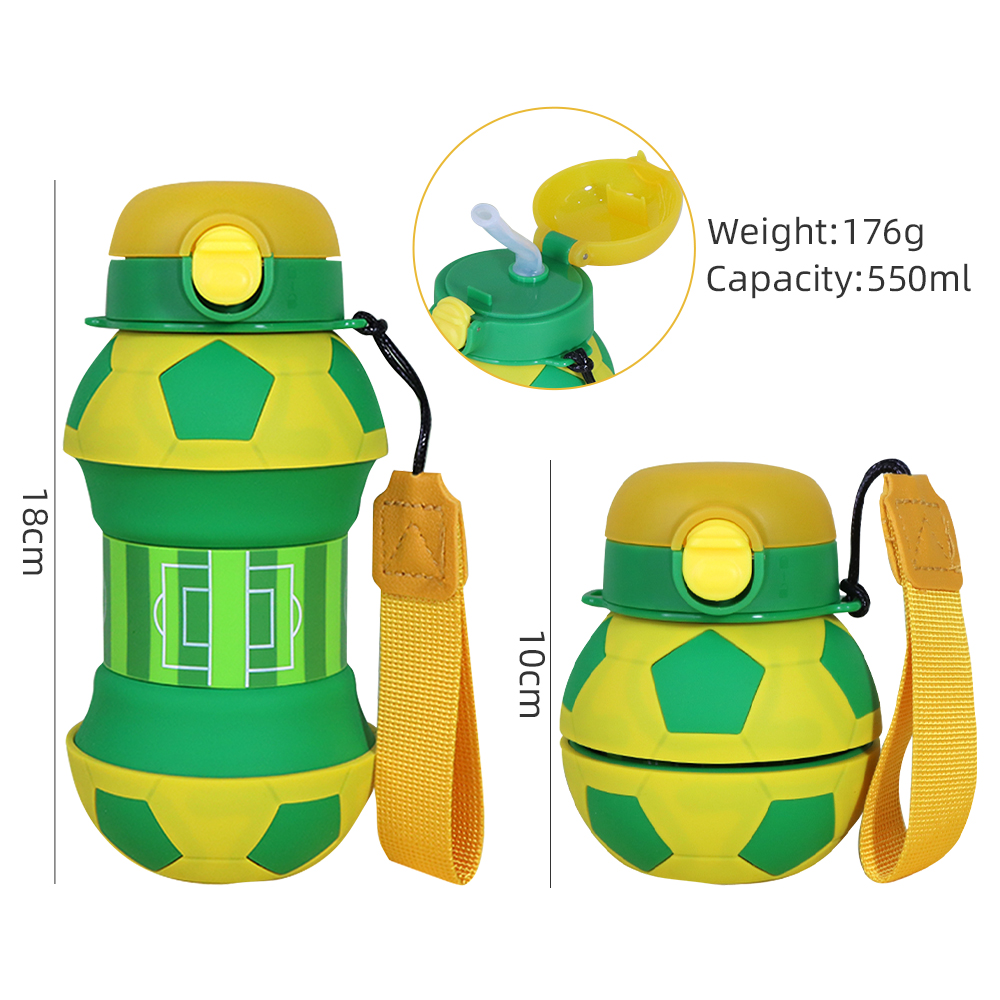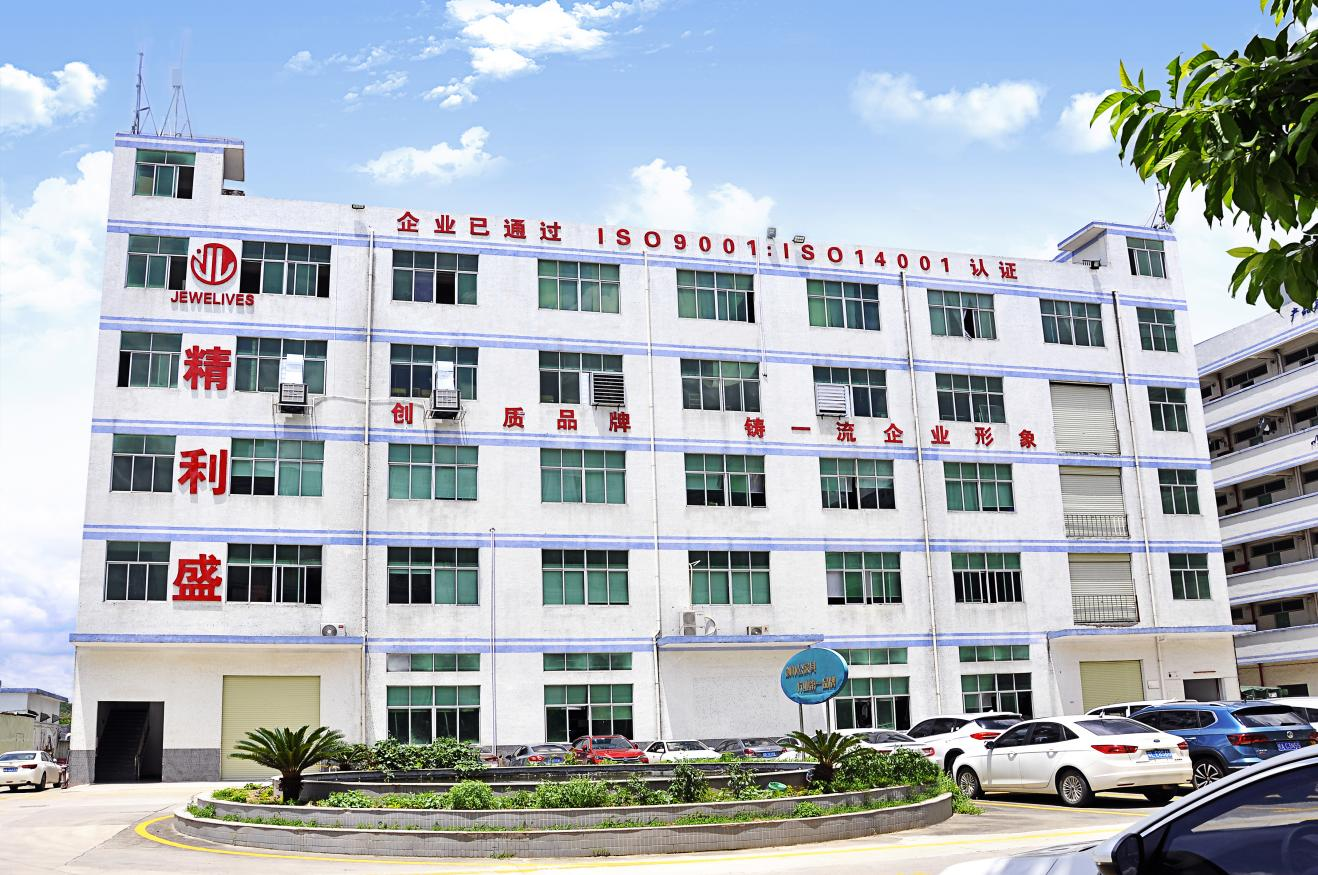Inhalt
Im Streben nach Umweltschutz und Bequemlichkeit hat sich die faltbare Wasserflasche mit ihrem einzigartigen Design und ihren praktischen Funktionen auf dem europäischen und amerikanischen Markt zu einem beliebten Produkt für Kinder entwickelt. Für die Händler bedeutet die Einführung der faltbaren Wasserflasche für Kinder nicht nur, dass sie den wachsenden persönlichen Bedürfnissen der Verbraucher gerecht wird, sondern auch, dass sie den Trend zum umweltfreundlichen Konsum aufgreift und neue Wachstumspunkte erschließt.

Zusammenklappbare Wasserflasche spart Platz
Kinder Faltbare Wasserflasche besteht aus elastischen Materialien wie lebensmittelechtem Silikon oder TPU, die sich nach Gebrauch leicht zusammenfalten lassen, wodurch Lager- und Transportraum eingespart werden kann. Dies bedeutet geringere Logistikkosten und eine flexiblere Bestandsverwaltung, vor allem bei saisonalen Nachfrageschwankungen können die Händler schnell auf Marktveränderungen reagieren. Diese große faltbare Wasserflasche von JEWELIVES ist zum Beispiel 18 cm hoch, wenn sie aufgeklappt ist, und nur 10 cm hoch, wenn sie vollständig gefaltet und verpackt ist.
Umweltverträgliche Materialien
Für diese faltbare Kindertrinkflasche wird ungiftiges und geruchsneutrales Silikon in Lebensmittelqualität verwendet, das nicht nur die Produktsicherheit gewährleistet, sondern auch die hohen Standards des Umweltschutzes und der nachhaltigen Entwicklung auf dem europäischen und amerikanischen Markt erfüllt. Bei der Auswahl der Lieferanten sollten Händler Marken den Vorzug geben, die internationale Sicherheitszertifizierungen wie FDA oder LFGB bestanden haben, um das Vertrauen der Verbraucher zu stärken und die soziale Verantwortung der Unternehmen zu demonstrieren.
Personalisiertes Design und Markendifferenzierung
Die Designs von faltbaren Wasserflaschen für Kinder sind vielfältig und reichen von beliebten Bällen bis hin zu niedlichen Lebensmittelformen, die Kinder unterschiedlichen Alters ansprechen können. Händler können durch die Zusammenarbeit mit bekannten Marken oder Designern limitierte Auflagen oder individuelle Serien auf den Markt bringen, um die Attraktivität und Wettbewerbsfähigkeit der Produkte zu steigern. Als Hersteller von Kinderprodukten hat JEWELIVES mehr als 20 professionelle Designer, fügt jeden Tag mehr als 100 Produktdesign-Patente hinzu und hat Erfahrung mit dem Design und der Produktion von faltbaren Wasserflaschen aus Silikon.
Zielgruppen-Positionierung
Faltbare Wasserflaschen richten sich vor allem an Kindergärten, Schulen, Sportvereine und andere Einrichtungen im Vorschul- und Jugendalter. Bei den Käufern handelt es sich in der Regel um Einzelhändler, die mit diesen Einrichtungen zusammenarbeiten, wie z. B. Schulbedarfsläden, Sportartikelgeschäfte oder Gesundheits- und Lebensmittelläden. Darüber hinaus werden auch einige Supermärkte wie Walmart und Target einige individuell gestaltete faltbare Wasserflaschen herstellen und kaufen.
Als qualitativ hochwertiges Produkt mit innovativem Design und Umweltschutzkonzepten bieten faltbare Wasserflaschen für Kinder den Großhändlern enorme Marktchancen. Durch ein tiefes Verständnis des Zielmarktes, die Optimierung des Lieferkettenmanagements und innovative Marketingstrategien können Großhändler nicht nur ihre Wettbewerbsfähigkeit verbessern, sondern auch zur Förderung einer umweltfreundlichen Konsumkultur beitragen. In dieser Ära der nachhaltigen Entwicklung ist das Ergreifen der Geschäftsmöglichkeiten für faltbare Wasserflaschen für Kinder gleichbedeutend mit dem Ergreifen der zukünftigen Entwicklungsrichtung.




